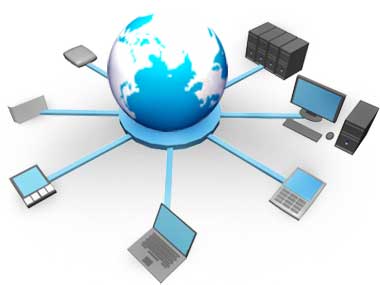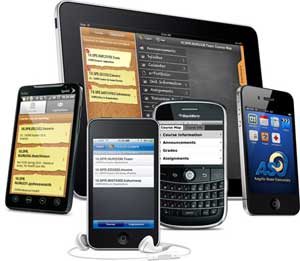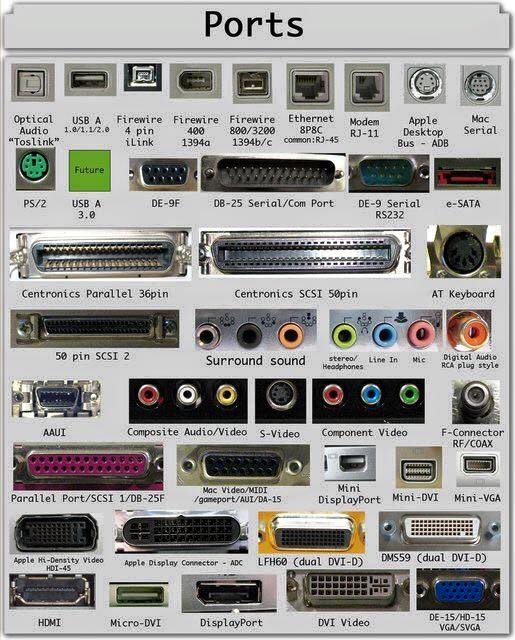Mobile Computing.....
Mobile Computing is a technology that allows transmission of data, voice and video via a computer or any other wireless enabled device without having to be connected to a fixed physical link. The main concept involves −
- Mobile communication
- Mobile hardware
- Mobile software
Mobile communication
The mobile communication in this case, refers to the infrastructure put in place to ensure that seamless and reliable communication goes on. These would include devices such as protocols, services, bandwidth, and portals necessary to facilitate and support the stated services. The data format is also defined at this stage. This ensures that there is no collision with other existing systems which offer the same service.

Since the media is unguided/unbounded, the overlaying infrastructure is basically radio wave-oriented. That is, the signals are carried over the air to intended devices that are capable of receiving and sending similar kinds of signals.
Mobile Hardware
Mobile hardware includes mobile devices or device components that receive or access the service of mobility. They would range from portable laptops, smartphones, tablet Pc's, Personal Digital Assistants.

These devices will have a receptor medium that is capable of sensing and receiving signals. These devices are configured to operate in full- duplex, whereby they are capable of sending and receiving signals at the same time. They don't have to wait until one device has finished communicating for the other device to initiate communications.
Above mentioned devices use an existing and established network to operate on. In most cases, it would be a wireless network.
Mobile software
Mobile software is the actual program that runs on the mobile hardware. It deals with the characteristics and requirements of mobile applications. This is the engine of the mobile device. In other terms, it is the operating system of the appliance. It's the essential component that operates the mobile device.
Who is using cloud computing?
Organizations of every type, size, and industry are using the cloud for a wide variety of use cases, such as data backup, disaster recovery, email, virtual desktops, software development and testing, big data analytics, and customer-facing web applications. For example, healthcare companies are using the cloud to develop more personalized treatments for patients. Financial services companies are using the cloud to power real-time fraud detection and prevention. And video game makers are using the cloud to deliver online games to millions of players around the world.
Agility
The cloud gives you easy access to a broad range of technologies so that you can innovate faster and build nearly anything that you can imagine. You can quickly spin up resources as you need them–from infrastructure services, such as compute, storage, and databases, to Internet of Things, machine learning, data lakes and analytics, and much more.
You can deploy technology services in a matter of minutes, and get from idea to implementation several orders of magnitude faster than before. This gives you the freedom to experiment, test new ideas to differentiate customer experiences, and transform your business.
What Is Big Data?
Big data refers to the large, diverse sets of information that grow at ever-increasing rates. It encompasses the volume of information, the velocity or speed at which it is created and collected, and the variety or scope of the data points being covered. Big data often comes from multiple sources and arrives in multiple formats.
How Big Data Works
Big data can be categorized as unstructured or structured. Structured data consists of information already managed by the organization in databases and spreadsheets; it is frequently numeric in nature. Unstructured data is information that is unorganized and does not fall into a pre-determined model or format. It includes data gathered from social media sources, which help institutions gather information on customer needs.
sense, the term IoT encompasses everything connected to the internet, but it is increasingly being used to define objects that "talk" to each other. "Simply, the Internet of Things is made up of devices – from simple sensors to smartphones and wearables – connected together," Matthew Evans, the IoT programme head at techUK, says.
By combining these connected devices with automated systems, it is possible to "gather information, analyse it and create an action" to help someone with a particular task, or learn from a process. In reality, this ranges from smart mirrors to beacons in shops and beyond.
"It's about networks, it's about devices, and it's about data," Caroline Gorski, the head of IoT at Digital Catapult explains. IoT allows devices on closed private internet connections to communicate with others and "the Internet of Things brings those networks together. It gives the opportunity for devices to communicate not only within close silos but across different networking types and creates a much more connected world."
What is the Internet of Things?
In the broadest sense, the term IoT encompasses everything connected to the internet, but it is increasingly being used to define objects that "talk" to each other. "Simply, the Internet of Things is made up of devices – from simple sensors to smartphones and wearables – connected together," Matthew Evans, the IoT programme head at techUK, says.
By combining these connected devices with automated systems, it is possible to "gather information, analyse it and create an action" to help someone with a particular task, or learn from a process. In reality, this ranges from smart mirrors to beacons in shops and beyond.
"It's about networks, it's about devices, and it's about data," Caroline Gorski, the head of IoT at Digital Catapult explains. IoT allows devices on closed private internet connections to communicate with others and "the Internet of Things brings those networks together. It gives the opportunity for devices to communicate not only within close silos but across different networking types and creates a much more connected world."


Superb bro
ReplyDelete